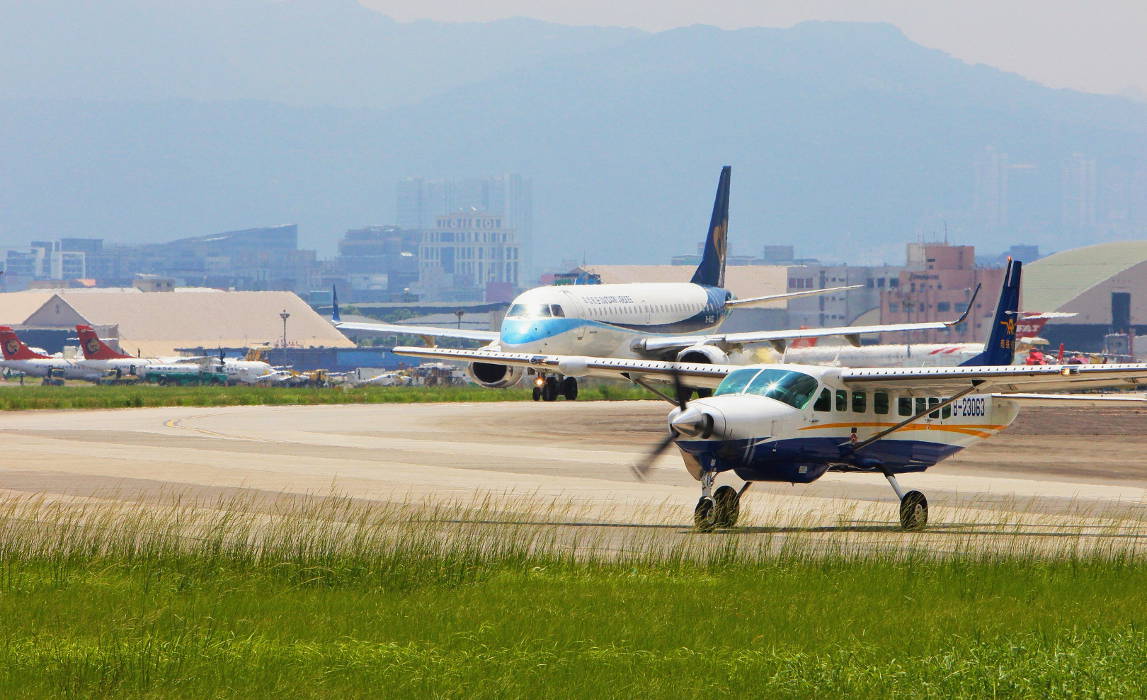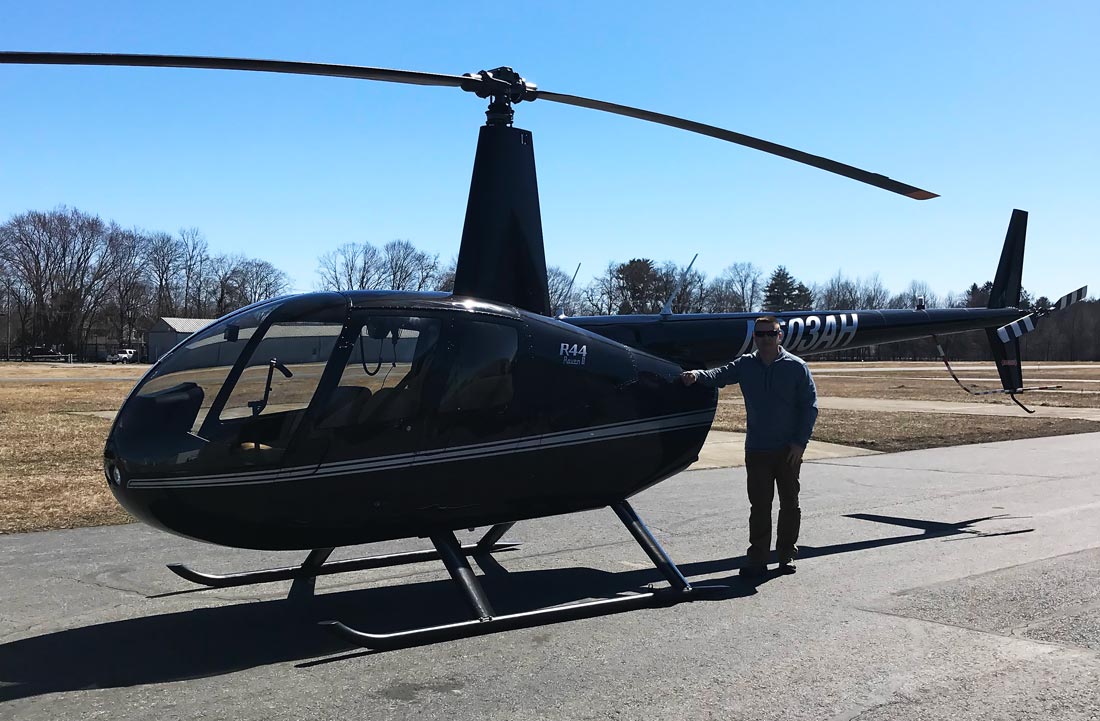A look at the path to becoming a pilot in Taiwan.
I’m a Taiwanese pilot with a current total of 800 hours of flying time, but 550 hours of my total time are in the 747. You might be asking: “How’s that possible?” Maybe it’s a cultural and industrial issue: Asian airlines tend to hire and train their own pilots from the beginning of their aviation career. And because of the current flight environment in Taiwan, pilots don’t get a chance to build hours outside of an airline. Hence the low hours of the pilots operating big jumbos. Perhaps because of this, experienced expatriate pilots have always held a steady portion of the pilot jobs in Asia, and due to the expansion of business, expats are now more welcome in Asia than ever before.
Before I introduce you to how my training was done, let me give you some current statistics on my country. Taiwan, with a population of 23 million, is a small island off the coast of China. Driving from the north end to the south tip only takes about 5 to 6 hours.Along with a few domestic airlines, we currently have 3 major airlines operating to all continents except Africa and South America. The 3 major airlines have a total of about 180 aircraft, two-thirds of which are wide-bodies, with more aircraft expected to be delivered in the near future. The total number of pilots is around 3600. Depending on the company, expats account for between 2 – 20% of the pilots they employ.
Oh, and did I mention general aviation almost does not exist here? This is due to the relatively high cost of flying, lack of airfields and the restricted airspace. Flying is only for commercial operations and military activities. Only in recent years have ordinary people been able to have access to the airspace. With these numbers and facts, you can probably imagine the path to becoming a pilot in Taiwan is actually kind of narrow.
So How Does One Become a Pilot in Taiwan?
By regulation, holding a Commercial Pilots License or having military flying experience, and having a college degree in any field is sufficient for a Taiwanese citizen to be hired by an airline and operate any Airline Transportation category aircraft. Because we don’t have general aviation and there aren’t many available domestic prop/turbo-prop planes, it’s difficult to build rookie flight hours outside of the airlines. This is the same across Asia. To acquire a CPL, you have two choices: you can get the license on your own, or be an airline-sponsored Ab-initio (Latin for ‘from the beginning‘) cadet pilot.
The latter is the way I learned to fly. The company paid for all my training costs and even covered some allowances during the training. I believe the process for getting a CPL is about the same for all those who go through it: the ground schools, numerous exams, and endless check rides. But being an airline sponsored student means that the standard is really high. This was definitely the case with my company. For us, the first solo needs to be completed within the first 16 hours, no exam score can go below 85, and a second failure of any check flight leads to serious consequences, sometimes even termination of the training.
This is why being an Ab-intio cadet is a less risky way to become an airline pilot. The company is well aware of your training record and is invested in you as a pilot, so they will work hard to help you succeed. Because they have paid for the training, even if you fail (not intentionally, of course!) you don’t have to pay for it. But for pilots training for a CPL using their own money, they’ll still need to demonstrate their flight skills in the simulator first before being able to join an airline. And usually, self-funded candidates only get one chance in the simulator. Many of my colleagues said it was their most stressful check flight ever.
This one airline check flight could mean either a future in aviation or a $100,000 debt and an almost jobless situation. In Taiwan, just having a CPL really isn’t enough to get you a job, and flying without a visa or citizenship in other countries is basically impossible.
Ground School and Flight Training
After the CPL training, we then went through extensive ground school and simulator training. The ground school focuses on advanced aerodynamics and performances, the regulations, weight and balance, aircraft systems, advanced navigation and so on: all the things you need to know to operate an airliner. The flight training utilizes full flight simulators and starts out with basic jet flying, before moving to all sorts of situations outside of normal. The whole course can take up to a year before the type rating check is completed. And this whole process is the same for any aircraft, from 321s to 737s, and on up to 747s.
One interesting thing is that the type rating check consists of a simulator check and 3 takeoffs and landings in the real but empty aircraft. (Also, you only do this once in a lifetime. Once you have experience with operating an airliner, only a simulator check is required in the future.) Until this point, I had
never, ever approached a 747 up close. I still remember the excitement and thrill: man, this aircraft is HUGE! (Don’t forget, the last real aircraft I was operating was a Piper Seminole.) As I came aboard via the stairways and stepped into the actual 747 cockpit, it was one of the best days in my life.
After the type rating check is completed, then comes the line oriented training which lasts about 3 months. After that, you’re legally now a first officer. So for a totally new cadet to become a first officer, it takes about 30 months.
Expat Pilots
If you’re an expat interested in working in Asia, you’ll need to have an ICAO-valid ATPL, and a few hundred hours in turbojet/turbofan aircraft (the bigger the aircraft the better). You can expect to get an ICAO valid rating on B747 / B777 / A330 / A321 / B737. After being hired, the ground school and simulator training for your type rating usually takes about 2-3 months. And after that, you’ll go through the line oriented training as well.
I hope this gives you some insight into the what is involved in becoming a pilot in Taiwan and Asia, and what the aviation industry looks like over here. Next time, I’d like to talk about the differences I felt when I started to fly the 747 directly after I’d been flying a 180 hp twin prop aircraft.















I was born in Taiwan and moved to america in 08. Currently finishing up my privates here and hoping to work at regionals by 23 yrs old.
Hi! Thank you for posting very useful information regarding flying in Taiwan. I am planning to fly professionally in Taiwan soon, and I have some questions regarding the written examinations for pilots. Can you please email me? Thank you very much in advance.